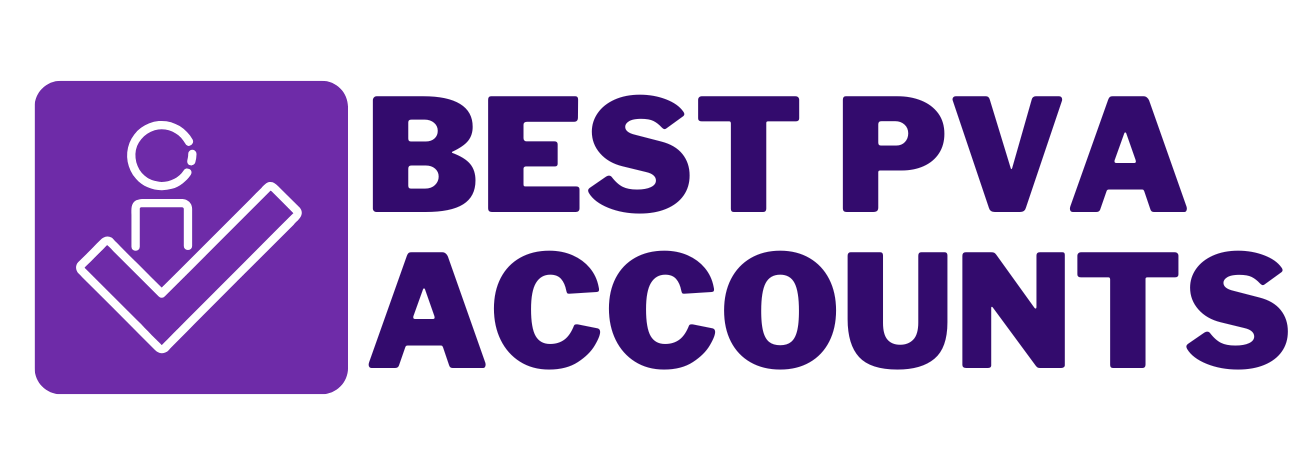Building Trust with Your Audience: The Importance of Authenticity
In a world overflowing with digital noise, earning and maintaining your audience’s trust is more crucial than ever. But how do you do that? The secret ingredient is authenticity.
This blog post will explore the importance of being genuine and transparent in your interactions. We’ll discuss why authenticity matters, how to engage meaningfully, and ways to build long-term relationships. Ready to create a loyal and engaged audience? Let’s get started.
Understanding Audience Perception
Audience perception is the lens through which your content is viewed. What you say matters, but how your audience perceives you can make or break your brand. Research shows that 86% of consumers value authenticity when deciding what brands they like and support. This statistic alone underscores the importance of being genuine.
When people feel that a brand is trustworthy, they’re more likely to engage with it. Trust building involves consistent and honest communication. Avoid the temptation to buy social media accounts for the sake of numbers. Authentic growth, while slower, leads to a more engaged and trusting audience.
Audience perception isn’t just about what you say; it’s about how you say it. Your tone, style, and the values you project all play a role. Understanding this can help guide your content strategy and ensure you’re resonating with your target demographic.
Importance of Authentic Engagements

Authentic engagements are interactions where the primary focus is on genuine connection rather than metrics like likes or shares. These engagements build a sense of community and loyalty among your audience. They lead to two-way conversations that are valuable for both parties involved.
For example, instead of a generic “Thanks for your comment,” respond with a personalized message that addresses the user’s point. This creates a more meaningful interaction, showing that you value your audience’s input. It also boosts your credibility.
Authentic engagements aren’t limited to comments and replies. They can include live Q&A sessions, behind-the-scenes glimpses, and user-generated content. Each of these methods provides an opportunity to connect with your audience on a deeper level, making them feel valued and heard.
Transparency in Communication
Transparency is a critical component of authenticity. It involves being open about your intentions, actions, and any potential conflicts of interest. When brands are transparent, they foster a culture of trust and reliability.
For instance, if you’re promoting a product, be upfront about any affiliations or sponsorships. This honesty will be appreciated by your audience and can actually enhance your credibility. In a survey, 94% of consumers said they would remain loyal to a brand that offers complete transparency.
Transparency isn’t just about disclosures. It also means acknowledging mistakes and taking responsibility. If something goes wrong, address it directly and explain the steps you’re taking to rectify the situation. This level of honesty can turn a potential PR disaster into an opportunity to demonstrate your integrity.
Building Long-Term Relationships
Building long-term relationships with your audience requires a consistent and genuine approach. It’s not just about the immediate interaction but also about nurturing those connections over time. Trust building is a marathon, not a sprint.
Start by ensuring that your values align with those of your audience. When people feel that a brand shares their values, they’re more likely to develop a lasting relationship with it. This alignment can be demonstrated through your content, partnerships, and corporate social responsibility initiatives.
Long-term relationships also involve regular engagement. Keep the conversation going by consistently showing up and providing value. Whether it’s through newsletters, social media updates, or interactive content, make sure you’re always in touch with your audience.
The Role of Storytelling in Authenticity
Storytelling is a powerful tool that enhances authenticity, allowing brands to connect with their audience on an emotional level. By sharing real stories about your brand’s journey, challenges, and triumphs, you create a narrative that resonates with your audience’s own experiences. This connection fosters empathy and understanding, making your audience feel more involved in your brand’s story.
For instance, highlighting customer stories or testimonials showcases real-life applications of your product or service, which helps build credibility. When audiences see themselves reflected in these narratives, they’re more likely to trust and engage with your brand. Additionally, consider incorporating storytelling into your marketing strategies, such as in blog posts, social media content, or video marketing.
This approach not only captures attention but also reinforces your authenticity by showing the human side of your brand. By weaving storytelling into your communication, you generate a deeper bond between your brand and its audience, ultimately cultivating a community that is loyal, engaged, and willing to advocate for your brand.
Leveraging Social Proof for Authenticity
Social proof, a psychological phenomenon where people look to others to determine how to behave in a given situation, plays a significant role in building authenticity. When potential customers see others endorsing your brand, sharing positive experiences, or interacting with your content, it reinforces the notion that you are a trustworthy and credible entity. This can take many forms, including customer reviews, testimonials, and influencer partnerships.
To effectively leverage social proof, ensure that real customer experiences are prominently featured in your marketing efforts. Encourage satisfied customers to share their stories and feedback, whether through video testimonials, case studies, or social media posts. Highlighting user-generated content not only showcases authenticity but also inspires others to engage with your brand, knowing that their peers value what you offer.
Additionally, collaborate with influencers whose values align with your brand; their endorsement can enhance your authenticity by associating your message with someone your audience already trusts. By integrating social proof into your strategy, you build a network of genuine support around your brand, encouraging trust and loyalty within your community.
The Impact of Consistency on Authenticity
Consistency is key when it comes to establishing and maintaining authenticity. It’s not enough to simply present yourself as genuine in one campaign or content piece; your voice, messaging, and values should be coherent and aligned across all platforms and interactions. This uniformity helps reinforce your brand identity and allows your audience to build trust over time.
For instance, if your brand champions sustainability, ensure that this value is reflected not only in your messaging but also in your product sourcing, packaging, and partnerships. Consistency builds familiarity, making your audience feel more connected to your brand. This connection fosters loyalty, as consumers are more likely to support a brand whose messaging and actions are in harmony.
Additionally, maintaining a regular posting schedule and responding promptly to audience interactions helps reinforce the feeling of stability and trustworthiness. When audiences know they can rely on you for regular updates and authentic content, they are more likely to engage and form lasting relationships with your brand. Consistency, therefore, is fundamental to authenticity, as it weaves trust into the very fabric of the customer experience.
Conclusion
Building trust with your audience through authenticity isn’t an overnight process, but it’s worth every effort. From understanding audience perception to fostering long-term relationships, each step you take towards authenticity brings you closer to a loyal and engaged audience.
Remember, genuine engagement, transparent communication, and consistent efforts are key. By prioritizing these elements, you’ll not only build trust but also create a community that stands by your brand through thick and thin.
Take the first step today and start integrating authenticity into your strategy. Your audience—and your business—will thank you.

